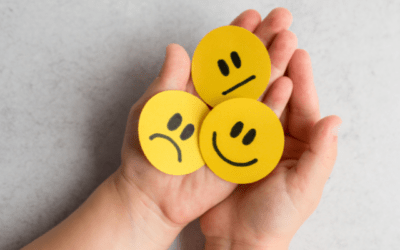The important number most small B2Bs aren’t tracking
Traditionally, marketing departments spent money on ads and campaigns that either yielded a return, or didn’t—but the days of operating as a cost centre are long gone. If you’re still using this outdated model, it’s time for a tune-up. When it comes to determining the success of their marketing efforts, many small B2Bs don’t know where to start, and often, they avoid the task altogether. If you want to stay in business, you’ll need to track to your metrics, and the customer acquisition cost (CAC) is a good place to start. Simply tracking the cost to acquire a customer will help you understand the return on investment (ROI) of your marketing efforts, and give you the baseline data you need to improve.
What is a CAC?
Put most simply, your customer acquisition cost refers to the amount of money it will take to convince a potential customer to buy from you. Understanding your CAC will help you determine the value of a customer, and therefore the amount that can be spent on attracting customers while still remaining profitable.
To calculate your CAC, you’ll need to divide your acquisition costs—marketing and sales tactics, for example—by the number of new customers in a given period. For instance, if your company spent $10,000 on marketing in a year and attracted 1,000 new customers, the CAC would be $10. An increase of 5,000 customers in the same year would be a CAC of $2.
Using your CAC
Once you have a dollar value to attach to your customer acquisition efforts, you can be far more strategic in your marketing and sales tactics.
-
Establish a baseline
You can’t effectively and strategically seek to improve if you don’t have an understanding of where you started. The CAC gives you a measurable metric and a number to beat. -
Calculate return on investment (ROI)
Let’s say your CAC is $10. Next, you’ll need a sense of the average transaction size (total revenues divided by number of transactions). Of course, not all transactions are likely to be completed by new customers, so you’ll also have to determine your repeat customer percentage (a metric you should always be striving to increase). If your average transaction size is $300, that’s a good return on your $10 investment. -
Optimize your return
Perhaps your return is weaker—or, even worse, less than your investment. By keeping a record of your CAC, you can make key adjustments to your strategy to achieve or maintain profitability.
Calculating and working with your customer lifetime value (CLV)
On the one hand, establishing your CAC is vital to understand your investment, but it’s only half the equation. Once you’ve attracted a new customer, it’s useful to be able to calculate their CLV—the projected revenue they will generate for your company over their lifetime. This number will let you measure the amount of time it will take to recoup your CAC investment.
Calculate your CLV by taking your average transaction amount and multiplying it by the average purchase frequency rate. This is the base customer value. Multiply by your average customer lifespan to get your CLV.
Boosting your profits
Once you’ve got a CAC and CLV in hand, you’ll want to start strategizing about how to boost your returns. The single best way is to focus on repeat customers. It costs five times as much to attract new customers as it does to keep existing ones. Put another way, “it’s more than 350% more profitable to sell to an existing customer than to a new one”.
There are a variety of ways to boost your repeat customer percentage.
-
Capture customer loyalty
Publish highly relevant and useful content such as articles and webinars. -
Nurture your customers
Customer relationship management (CRM) software can put data analysis to work for you in maintaining positive relationships. -
Engage your customers
Use email marketing to stay in touch and engage your customers in the long-term. -
Provide added value
Deliver feature enhancements to your product or service. -
Incentivize
Everyone likes feeling like they’re getting a deal. Offer incentives, promotions, or loyalty programs to your customers.
Small B2Bs can’t afford to ignore their metrics. By calculating their CAC and CLV, they can begin making informed, strategic decisions about how to stay profitable while attracting new customers, and—more importantly—how to retain the ones they have.


